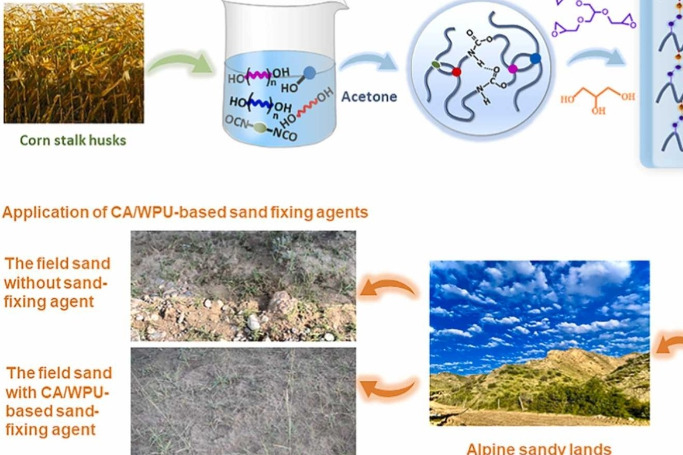Vegetable Freshness Preservation
Chinese researchers advance vegetable freshness preservation
BEIJING -- Chinese researchers at the Beijing Academy of Agriculture and Forestry Sciences are on the frontline of postharvest technology, dedicated to preserving the freshness and nutritional value of vegetables while reducing waste. Their work extends beyond shelf life alone, focusing also on maintaining the quality of produce.
One key focus is rapid precooling, a critical step in preserving freshness. This involves lowering the temperatures of freshly harvested vegetables to optimal levels quickly for long-term storage.
"It's like enveloping them in invisible freshness 'armor,'" said Wang Qing, a researcher on the academy's preservation processing team.
However, achieving effective precooling is not without its challenges. Different vegetables and varying levels of ripeness require precise temperature controls.
To address this issue, the researchers created advanced experimental platforms in their laboratory, meticulously recording physiological changes under various conditions to identify the ideal temperature range for each produce type.
Through months of intensive research, they developed innovative techniques such as the integrated control of air cooling speed and humidity, flowing-ice cooling in multilayered containers, and micro-nano ozone sterilization.
"Beyond the technology, we've developed a range of precooling equipment tailored to various vegetables," said Zhao Xiaoyan, an official at the academy's agricultural product processing and nutritional food research institute.
These breakthroughs have not only enhanced the efficiency of precooling processes but also doubled -- or even quadrupled -- the shelf life of vegetables supplied to urban areas.
Discoloration and texture changes also pose significant challenges for vegetable preservation. "Discoloration during storage often results in entire shipments being rejected, causing financial losses for farmers and businesses alike," said Wang Dan, a member of the team who focuses on this issue.
Starting with white radishes, the team recreated and analyzed the vegetable's blue discoloration process in laboratory and real-world conditions.
They identified a plant compound that oxidizes to produce the unwanted blue pigment and discovered that controlling gas composition within packaging could effectively prevent discoloration.
Building on this success, they expanded their research to other vegetables, identifying key enzymes and molecular mechanisms behind color changes and texture deterioration.
In another case, they uncovered the biochemical processes behind the softening of fresh-cut peppers and developed an integrated storage system combining microbial reduction, light exposure regulation and low temperatures. These advances extended the shelf life of fresh-cut peppers by two to three days .
Over the past two years, the team's innovations have been implemented in 75 cities, including Beijing, Shanghai and Shenzhen.
The researchers' customized preservation technologies and equipment have revolutionized the vegetable supply chain, generating additional sales revenue and increasing profits for related industries.
We are thrilled to extend a warm welcome to the China Scientist Awards!
Join us for the China Scientist Awards, a premier event in the realm of research. Whether you're joining virtually from anywhere in the world, this is your invitation to explore and innovate in the field of research. Become part of a global community of researchers, scientists, and professionals passionate about advancing research.
visit: chinascientist.net
Nomination Link: https://chinascientist.net/award-nomination/?ecategory=Awards&rcategory=Awardee
Registration Link:https://chinascientist.net/award-registration/
For inquiries, contact us at contact@chinascientist.net-------------------------------------Other website:
Nomination Link: https://chinascientist.net/award-nomination/?ecategory=Awards&rcategory=Awardee
Registration Link:https://chinascientist.net/award-registration/
For inquiries, contact us at contact@chinascientist.net




Comments
Post a Comment